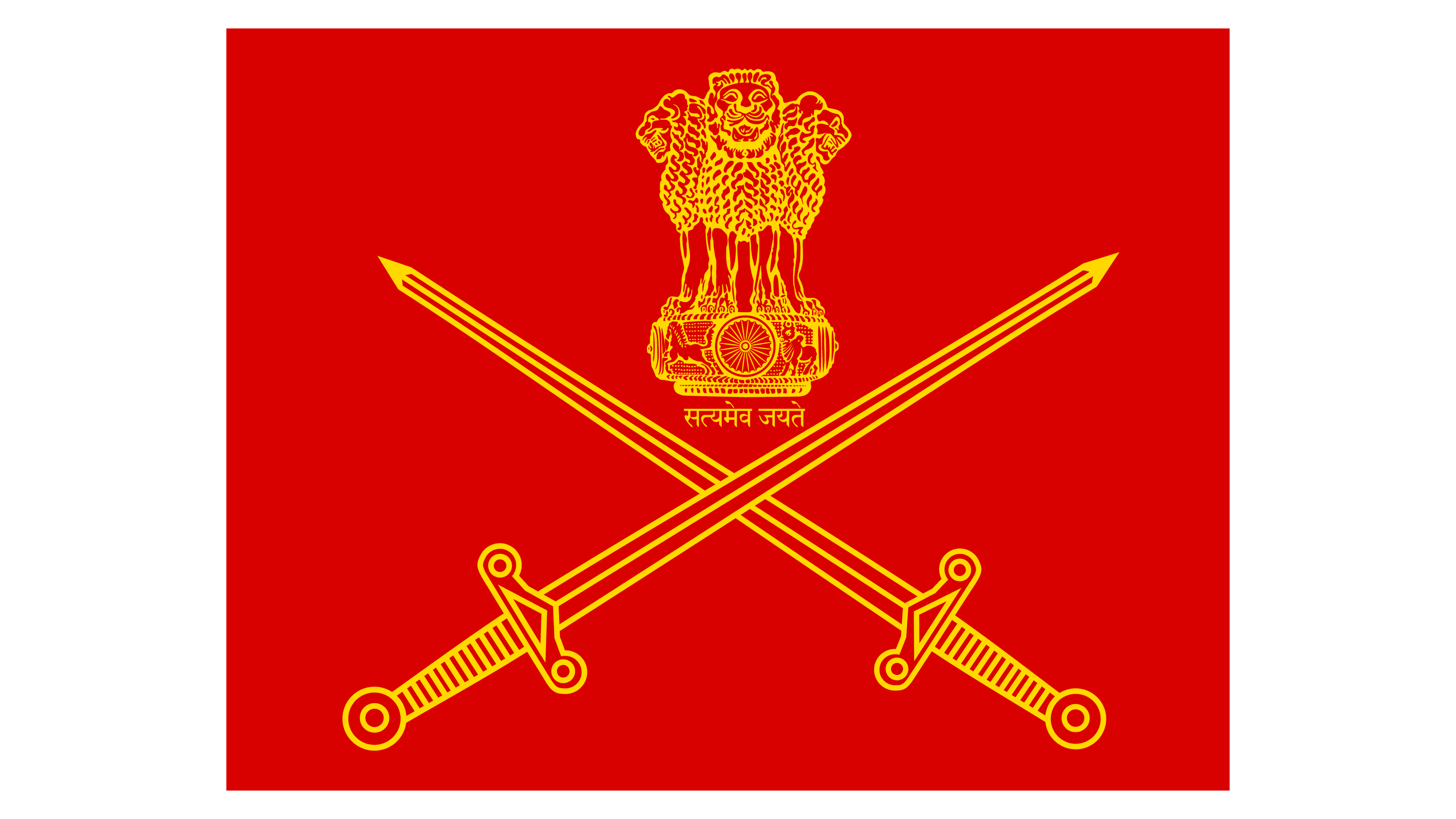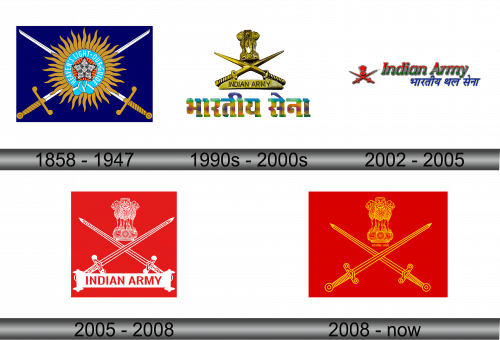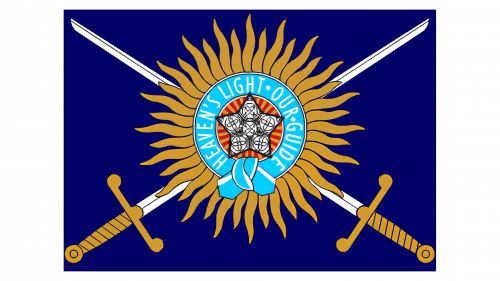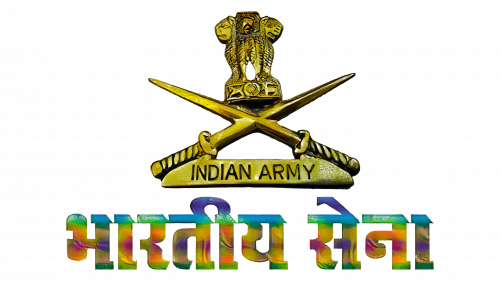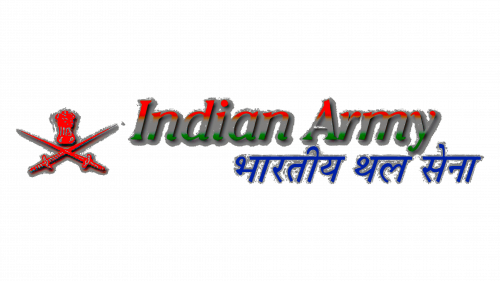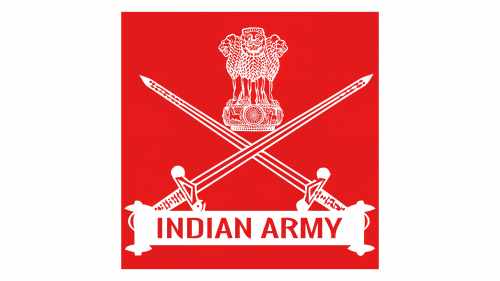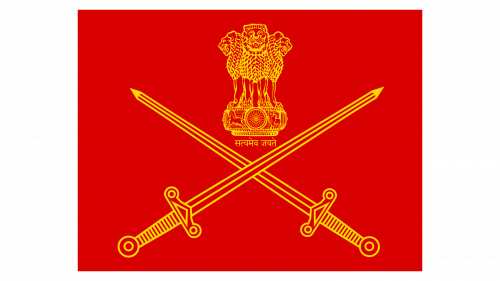Indian Army
The Indian Army originated as units formed by the East India Company. This organization evolved into a powerful military force over time. Initially, its purpose was to secure the company’s commercial interests in the region. The army was established in various locations across the subcontinent.
Meaning and History
The Indian Army was formally established on April 1, 1895. Its roots trace back to the armies of the East India Company in the early 1600s. Initially designed to protect trading posts, it played a crucial role in expanding British territories in India. Significant transformations occurred post-Indian independence in 1947, when it was nationalized and restructured. The army has participated in several major wars and numerous operations, both domestically and internationally, reflecting its growth and adaptation over the centuries.
What is Indian Army?
The Indian Army serves as the land warfare branch of India’s military. It’s tasked with national defense and security. Primarily, it protects India against external aggressions and internal threats. The army also undertakes humanitarian missions during natural disasters.
1858 – 1947
The emblem showcases a radiant sun with a multitude of rays, symbolizing a new dawn or enlightenment, flanked by crossed swords that evoke a sense of readiness and defense. Centered is a star with a unique geometric pattern. The star is encircled by a ribbon with the motto “Heaven’s Light Our Guide”, reflecting a guiding principle. This is set against a deep blue background, providing a strong contrast that commands attention. The design conveys both tradition and a steadfast commitment to guidance and protection.
1990s – 2000s
Atop the emblem, the Ashoka Chakra’s four lions symbolize power, courage, pride, and confidence. They stand above crossed swords, reinforcing a martial tradition and unwavering readiness. Below, the text “Indian Army” boldly asserts identity, flanked by laurels indicating honor and achievement. The emblem’s foundation features a mirrored Hindi inscription, adding cultural depth and inclusivity. The gold color throughout represents valor and high standards, while the reflection below adds a contemporary touch to the heritage-rich insignia.
2002 – 2005
The logo transitions to a crisp, contemporary design with a metallic sheen. Crossed swords under a warrior’s helmet signify combat readiness. The “Indian Army” text now sports the tricolor scheme of the Indian flag, symbolizing patriotism. The Hindi motto proudly displays, its blue color matching the helmet above, adding symmetry. The overall look is sleeker, with a shadow effect that gives a 3D appearance, enhancing visual impact.
2005 – 2008
The emblem takes on a bold, striking contrast with a vivid red backdrop. The Ashoka Chakra and lions stand prominently in white, signifying a blend of ancient heritage and authority. Below, two sabers cross, underlining a legacy of valor. The “Indian Army” text is emblazoned in clean, white lettering on a banner, reinforcing a sense of clarity and focus. The design simplifies, doing away with shadows for a flat, assertive presentation that commands respect.
2008 – Today
This emblem stands out with its bold, red and gold hues, echoing the Indian flag’s colors. The three-lion symbol of the Ashoka Chakra, in gold, dominates the center, representing India’s historical roots and sovereignty. The swords beneath it are rendered in the same golden tone, signifying a unity between tradition and military might. Gone is the textual banner from the previous version, creating a cleaner and more symmetrical aesthetic. The Hindi motto remains, proudly situated below the lions, reinforcing the army’s dedication to its cultural identity.
